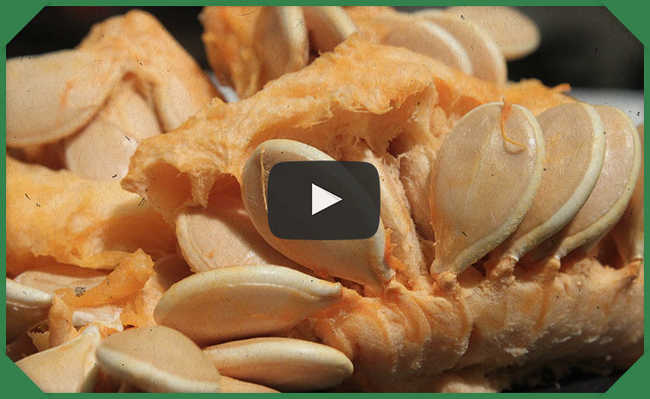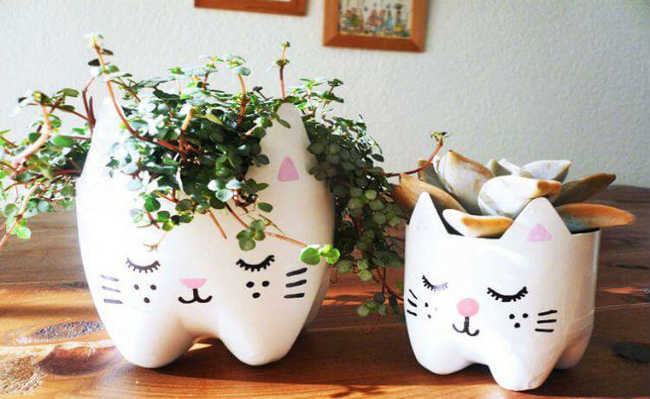Organic cotton t-shirt has a smaller environmental footprint
Find out how an organic cotton T-shirt is produced and understand why this choice is good for you and the environment

Image: Jason Leung on Unsplash
Have you ever tried an organic cotton t-shirt? They have many advantages compared to pieces made in the traditional way.
When you wear an ordinary cotton garment - be it a skirt, shirt, dress, pants or any other piece of clothing - keep in mind that there is a huge influx of chemicals since planting. Even in fabric production, the fiber can be washed, but not all pesticides come out. And then even more harmful chemical materials are used that will come out with each washing of the clothes.
In the textile industry, the dyeing process often uses artificial dyes or dyes with heavy metals that can cause skin irritation or even cancer. If all this can happen to an adult (whether with sensitive skin or not), imagine babies! Brands that are concerned with the sustainability of fashion often use natural dyes, giving a special color to clothes.
Benefits
Organic cotton, as well as other organic agricultural products, is free from pesticides, pesticides and harmful chemicals since its cultivation, preventing harm to the health of producers and consumers. Organic cotton plantations use the crop rotation system, in addition to having - compared to the conventional one - a smaller water footprint, lower emission of polluting gases, and less soil acidification and eutrophication (processes by which chemical compounds in fertilizers can pollute the air and waters of lakes, rivers and groundwater).
All of this makes organic cotton shirts and other garments much less harmful to the environment and have a smaller impact on global warming. Learn more about organic cotton.
Without the use of pesticides, the production of organic fabrics prevents pests with natural resources. Against undesirable insects, there are two options: insert predatory species that, at the same time, are beneficial to plants; or add another type of plant that is more attractive to them. Weeds are removed manually.
With this, some textile industries started to adopt sustainable fibers - organic cotton, for example - as raw material for fabrics, and also to change some behaviors to have a smaller ecological footprint. To avoid waste, there is the reuse of water, the use of beeswax instead of paraffin grease in their looms and the non-use of chemical products during their production. All this reduces the emission of pollutants and health problems - both for the worker and the consumer of the fabric.
The advantage is not only in health, but also in the market, which is fair trade (from English, fair trade). It is a form of commercialization created in the 1960s for a better relationship between consumer and supplier in the context of sustainable development, often establishing direct contact between them, without intermediaries and with respect for production standards and laws (tax, labor and import ).










